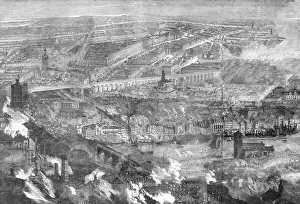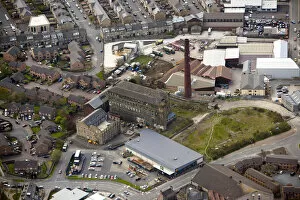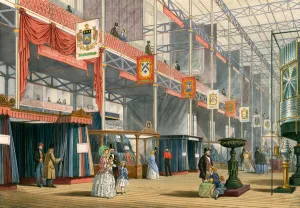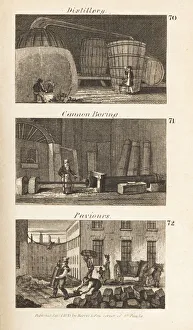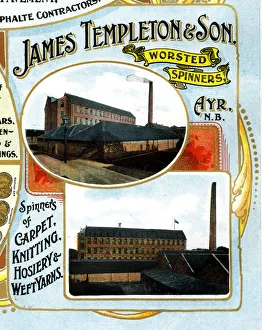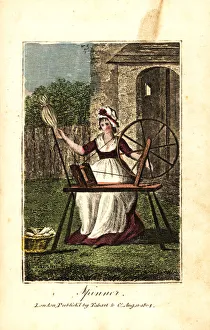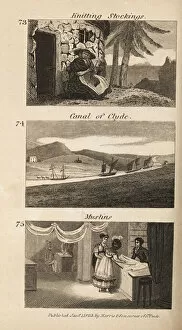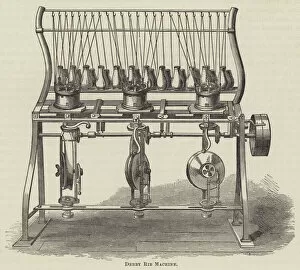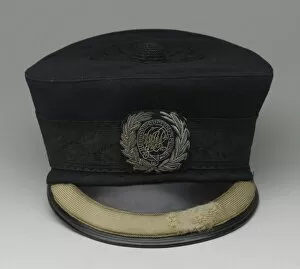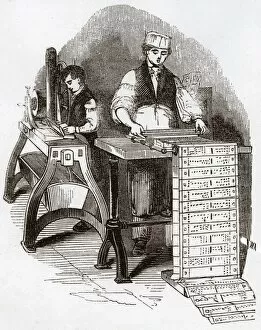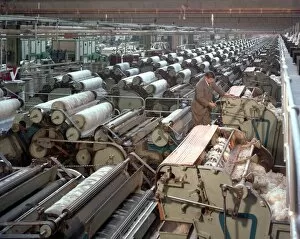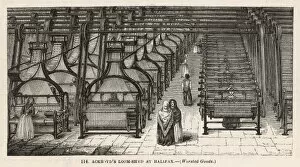Worsted Collection
"Worsted: A Journey Through Time and Trade" Step back in time to the Great Fire of Newcastle and Gateshead, where the resilient worsted industry emerged from the ashes
All Professionally Made to Order for Quick Shipping
"Worsted: A Journey Through Time and Trade" Step back in time to the Great Fire of Newcastle and Gateshead, where the resilient worsted industry emerged from the ashes. In 1954, a Debenham and Freebody suit showcased the exquisite craftsmanship fabric, capturing attention with its impeccable tailoring. Barkerend Mills stood tall as a symbol of industrial prowess, producing high-quality worsted textiles that were sought after worldwide (28888_027). As early as AD 1110, woollen clothing was introduced, marking the beginning of an enduring love affair with worsted fabrics (colour litho). The Great Exhibition of 1851 celebrated the versatility and beauty of both woollen and worsted textiles through vibrant displays (colour litho). Trades in Regency Scotland thrived thanks to worsted's diverse applications - from distilleries to cannon boring - showcasing its importance in various industries. James Templeton & Son's advert from Ayr, Scotland highlighted their expertise in creating stunning carpets using finest quality worsted yarns. A woman spinner clad in a bonnet and apron skillfully transformed raw wool into delicate threads for weaving into luxurious fabrics. Witnessing a wool comber using heated combs to pull fibers apart revealed the meticulous process behind achieving smoothest strands for spinning. J & J Clark's hosiery emporium proudly displayed their wide range of products including gloves, fringes, umbrellas - all crafted from premium worsteds (trade card engraving). Regency Scotland also saw skilled artisans knitting stockings while muslins floated along canals on Clyde - testament to how far-reaching this trade had become. Even during times of illness or adversity, like depicted in "The little sick child at his worsted-work, " this art form provided solace and creativity (engraving).

